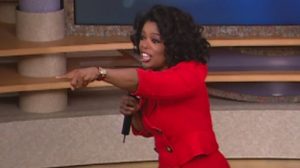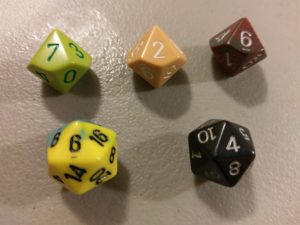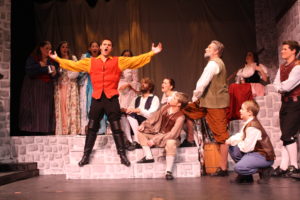The prevailing wisdom in the industry is that if you want to build an audience, you need to write a series. Great! I like reading series. Writing one shouldn’t be a problem.
Bwahahahahaha!
I thought writing a novel was hard. Writing a series? Holy frak! It’s so much harder!
First off you have to think of a plot and conflict that can be stretched over multiple books, you have to have compelling characters that readers can’t get enough of, unexpected plot twists, and everyone gets a development arc!
You get a development arc, and you get a development arc! EVERYONE GETS A DEVELOPMENT ARC!
Um….thanks, Oprah. I think.
All joking aside, it’s quite a lot to juggle and keep track of. Oh yeah, and we actually have to pull it off. We can’t just dial it in. Yeah…no pressure. Given the enormous challenges and tricky balancing acts I sometimes marvel that series get written at all. I mean, a lot of these challenges are specific to series. Stand alone novels aren’t nearly as much trouble.
So with this in mind we’re going to be talking about series all month long. We’ll be discussing the unique challenges, and how to deal with them. We also have a Q&A at the end of the month with a guest author who just finished their series. (I’m quite looking forward to that.) Most of us (the Fictorians) have series in progress so I’m eager to find out how my colleagues dealt with some of the issues that I’m having with my series. You won’t want to miss any of this month’s posts!




